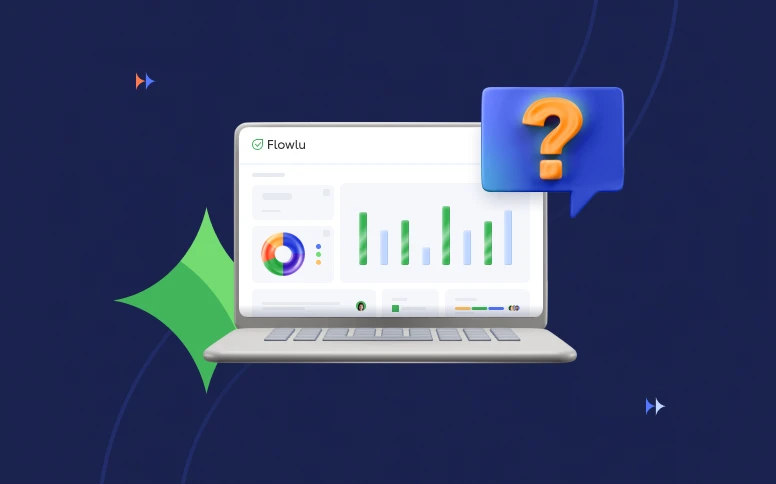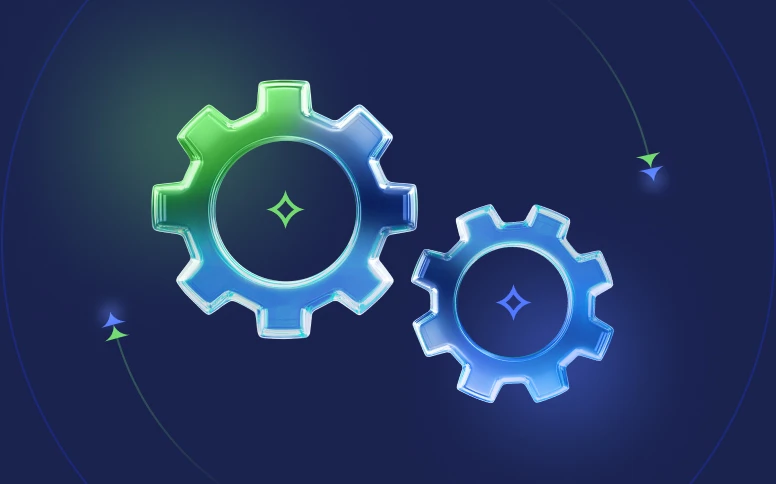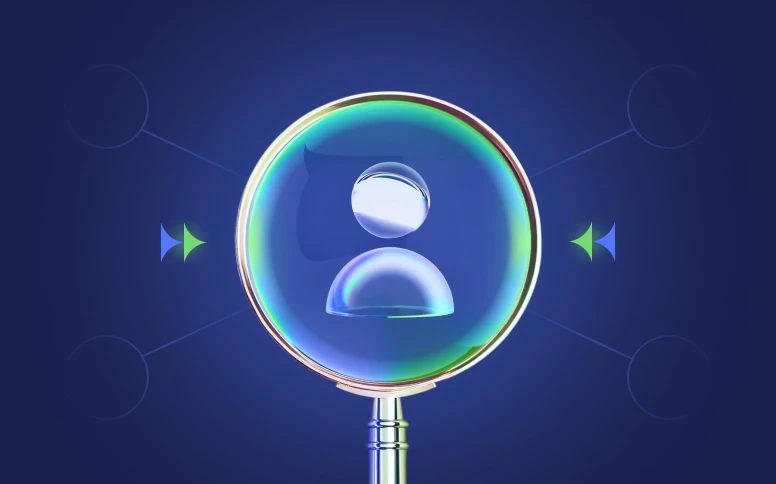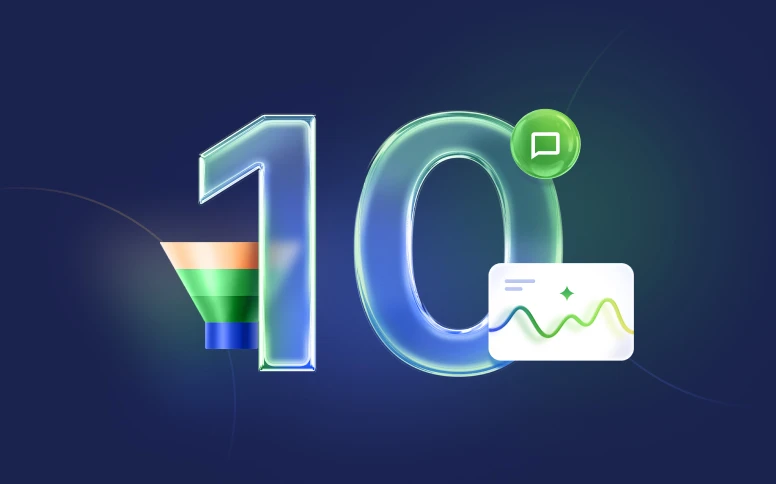What is a CRM Database Software in Customer Relationship Management
3,995
Mon, Jun 10
CRM

If you're reading this article, you probably know what a CRM is. It’s a widely used tool to build strong relationships with customers and ensure their retention. Strangely, we always forget about the core of a CRM — the data inside it.
Building and automating a CRM database is a half-way to success because it helps to easily collect, store, and organize all the important details about leads and clients. Especially in today's world, where omni-channel collaboration means everything and all data is decentralized and located in many different applications, storing it in one place is vital.
In today's article, we explain how to define a CRM database, its benefits, and examples of the best db software.
CRM Database Explained
CRM database (or CRM db) is a simple mix of a customer relationship management system and a database. When they come together, you can simply manage clients and leads with lightning-fast access to all the related data.
Moreover, in addition to simple contact information storage, a CRM database handles activity logs related to each client. It means that you can track when the last interaction was, what kind of interaction it was (email, call, SMS, etc.) and which manager contacted this person.
CRM databases are handy when it comes to companies, like a company operating in the B2B eCommerce sector, starting with 5 or more employees. Salespeople, marketing managers, bookkeepers, and other staff need to have quick access to information about clients to provide the best services. When you need to go through multiple applications to find all the details of a project related to the customer, that is an ultimate no-no.
Properly organized data is the core of all sales and marketing automations. If you can’t segment your leads and clients, how can you identify properties to create targeted campaigns or build automated CRM pipelines?
Why Do You Need One?
Databases can be created in many types of software, not just a CRM. Anyway, a CRM system makes it much easier to collect and centralize data. Why so, and why do you need a CRM db?
In most common cases, customer relationship management databases cover the following needs:
Lead & Client Management
Database-powered CRMs can help easily segment both leads and already-existing clients. Once their contact information reaches out to your software, they can be identified as cold, warm, or hot leads based on the criteria taken from the database. When the contact is targeted and has priority, managers will know where to contact this person and if a call or email needs to be done urgently.
Sales & Marketing Automations
As was mentioned earlier, CRM is a tool not only for sales persons. Other company departments can use it too: marketers, analysts, bookkeepers, community managers, and many others find CRM a very handy system to analyze data. When all the customer-related information is in one place with client management and automation tools, you can easily streamline both sales and marketing. It includes communication timelines for managers, email reminders, invoicing, and email marketing campaigns, among many other repetitive to-dos.
Sales Pipeline Analytics
How does your sales team perform? We know that every chief asks this question to himself. Databases allow teams to build their reporting based on the real data taken from clients. When combined with CRM tools such as pipelines, you can easily understand how many percent of clients reached out to its final stage. Also, it helps to analyze win and loss reasons for sales deals.
Interactions Logging
If you want to turn leads into customers and retain already-existing clients, you need to build a communication strategy. No one wants to receive messages from you every day. If you’ve never used a database-driven CRM, you probably faced the problem of not knowing when you last texted a specific customer. It’s not a problem if you can see interaction logs for each client. A database will help you see when the last call or email was and track if it was opened.
Payment History
It doesn’t matter if you're providing products or services, your business is aimed at making a profit anyway. So, you need not only to analyze and communicate with clients, but also track their payments and send on-time notifications to customers if you’re still waiting for their payments. It works even for nonprofits that need to keep track of donations. When your CRM is relational to finance management applications, database CRM is a top-notch solution.









